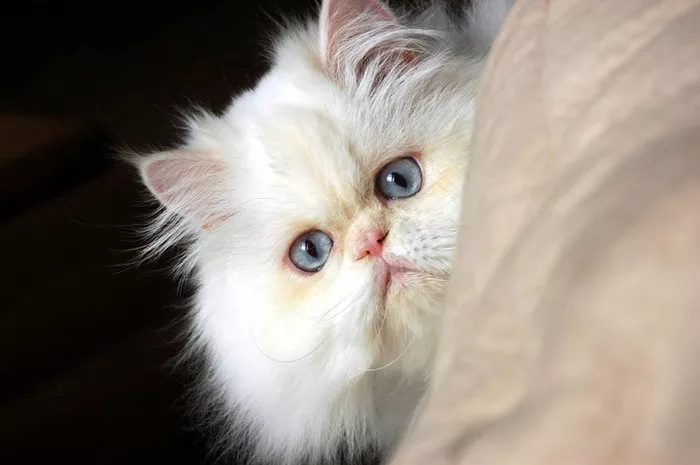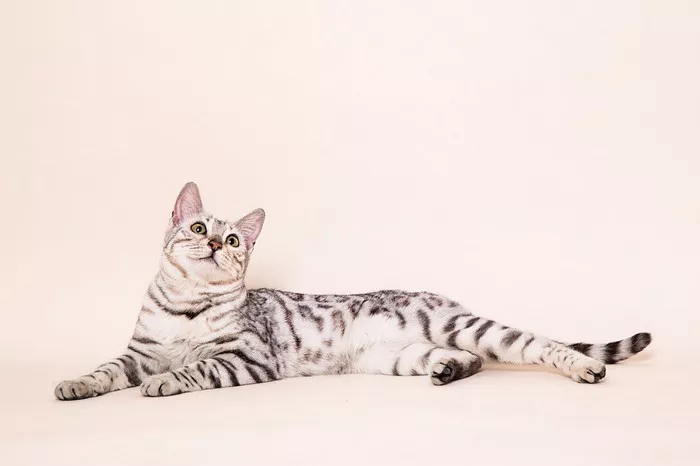The Himalayan cat, with its striking appearance and gentle demeanor, has captured the hearts of cat enthusiasts worldwide. Known for their luxurious coats, piercing blue eyes, and sweet disposition, Himalayans are a beloved breed with a rich history and fascinating origins. In this article, we will delve into the origins of the Himalayan cat, tracing its lineage and exploring the factors that have contributed to its development as a distinctive breed.
The Himalayan Cat’s Origins:
The Himalayan cat is a crossbreed between two renowned feline breeds: the Persian and the Siamese. The breed’s development can be attributed to the efforts of breeders in the mid-20th century who sought to combine the desirable traits of both parent breeds to create a new and unique cat breed.
Background on the Persian Cat:
The Persian cat, with its long, flowing coat and serene temperament, is one of the oldest and most beloved cat breeds in the world. Originating from Persia (modern-day Iran), the Persian cat’s history can be traced back to ancient times, where it was revered for its beauty and grace.
Persian cats were introduced to Europe in the 17th century and quickly gained popularity among aristocrats and royalty for their regal appearance and affectionate nature. Over the centuries, breeders selectively bred Persian cats to enhance their distinctive features, resulting in the development of various coat colors and patterns.
Background on the Siamese Cat:
The Siamese cat, with its sleek, slender body and striking blue eyes, hails from the ancient kingdom of Siam (modern-day Thailand). Siamese cats were prized by royalty and revered as symbols of good fortune and prosperity in their native land.
Siamese cats were first introduced to the Western world in the late 19th century and quickly gained popularity for their unique appearance and playful personality. The breed’s distinctive features, including its striking blue eyes and pointed coat pattern, captivated cat enthusiasts and led to the establishment of Siamese cat clubs and breeding programs.
The Creation of the Himalayan Cat:
In the 1950s, American breeders began experimenting with crossbreeding Persian and Siamese cats in an effort to combine the best traits of both breeds. The result of these breeding efforts was the Himalayan cat, named for its resemblance to the coloration of the Himalayan rabbit.
Himalayan cats inherited the Persian cat’s luxurious long coat and calm demeanor, as well as the Siamese cat’s striking blue eyes and pointed coat pattern. The breed quickly gained popularity among cat fanciers for its stunning appearance and affectionate temperament.
Recognition and Popularity:
The Himalayan cat was officially recognized as a distinct breed by cat registries such as the Cat Fanciers’ Association (CFA) and The International Cat Association (TICA) in the 1950s and 1960s. Since then, the breed has continued to grow in popularity and is now widely regarded as one of the most sought-after cat breeds in the world.
Himalayan cats are prized for their beauty, intelligence, and affectionate nature, making them popular companions for families, singles, and households of all sizes. Their gentle demeanor and adaptability make them well-suited to indoor living, where they can thrive as beloved pets and cherished members of the family.
Distinctive Features of the Himalayan Cat:
The Himalayan cat is characterized by its distinctive features, which set it apart from other cat breeds:
Coat: Himalayan cats have long, luxurious coats that come in a variety of colors and patterns, including seal point, blue point, chocolate point, and lilac point. Their coats are soft and silky to the touch, requiring regular grooming to maintain their lustrous appearance.
Eyes: One of the most striking features of the Himalayan cat is its piercing blue eyes, which are inherited from the Siamese parent breed. Their vivid blue eyes contrast beautifully with their pointed coat pattern, adding to their overall allure and charm.
Temperament: Himalayan cats are known for their gentle and affectionate nature. They are typically laid-back and easygoing, enjoying lounging around the house and spending quality time with their human companions. Himalayans are social cats that thrive on attention and affection, making them ideal pets for households seeking a loving and loyal feline companion.
Conclusion:
In conclusion, the Himalayan cat is a remarkable breed with a fascinating history and distinctive features that set it apart from other cat breeds. Developed through the crossbreeding of Persian and Siamese cats, the Himalayan cat combines the best traits of both parent breeds to create a unique and beloved companion.
From its regal appearance to its affectionate temperament, the Himalayan cat has captured the hearts of cat lovers around the world and continues to be cherished as a beloved pet and cherished member of the family. Whether lounging in the sun or curling up on the couch, the Himalayan cat brings joy, comfort, and companionship to all who are fortunate enough to welcome one into their lives.
























